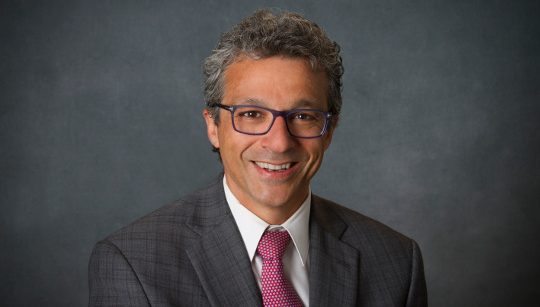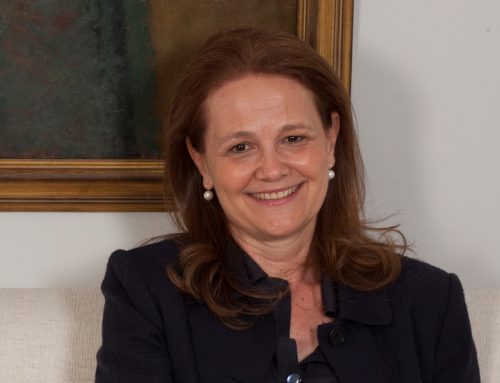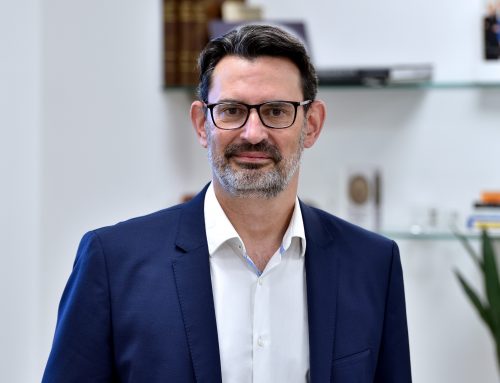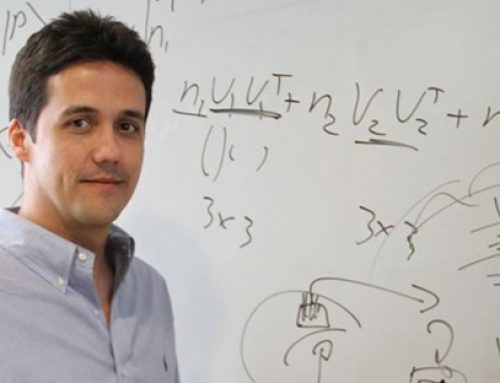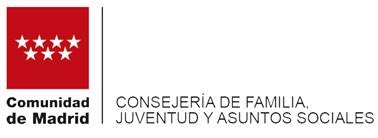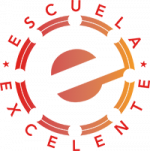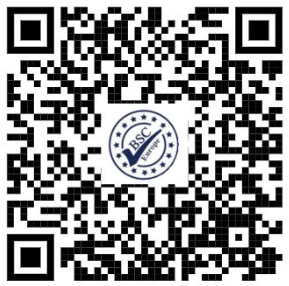- He is a Harvard University (USA) professor who was a pioneer in the application of non-invasive stimulation.
- “By forcing brain function we will remove the symptoms of the disease and improve the underlying pathology.”
- Pascual-Leone will attend the Fundación Querer’s IV Neuroscientific and Educational Conference.
Professor at the prestigious Harvard University Medical School in the United States, Álvaro Pascual-Leone is a world eminence in the field of Neurology. His study focuses on understanding the mechanisms that govern brain plasticity throughout life in order to modify them and, as a result, improve brain functioning in persons with neurological and psychiatric diseases.
Numerous distinctions and awards have been granted to the neurologist, including director of the Guttmann Brain Health Institute in Barcelona and director of the Center for Non-Invasive Brain Stimulation. Pascual-Leone additionally sits on the Fundación Querer’s Scientific Committee and will attend its IV Scientific and Educational Conference this year.
« I strongly appreciate the foundation’s work because of its high scientific rigor. “The conferences appear to me to be very important because they disseminate their commitment to this scientific rigor, clarify it in society, and showcase the evidence of what can be done and how that translates into a benefit for people,” says the neurologist from Massachusetts in an interview for 20-minutos newspaper.
Question: You claim that brain alterations are the leading cause of dysfunction throughout life, even more than cancer and cardiovascular disease combined. We don’t place enough emphasis on our brain’s wellness?
Answer: This is based on the evidence, not my opinion. We don’t pay as much attention to brain health as we should, primarily because we believe we don’t need it and will only do so when we have problems. We believe that dementia affects people at the age of 80, not 60 or 30. However, we now know that there are diseases that exhibit themselves at a specific age but have a much younger age. However, the horizon of the impact of what we do is very distant, making it difficult to be aware of the potential implications.
Furthermore, we have a very strong optimism bias, which leads us to believe that we are immune to what affects many. On the other side, we wrongly believe that brain development follows a curve in childhood, then a flat plateau, and it is only when this plateau ends that we begin to notice it. However, the most accurate description is to envision the brain as an organ that develops and changes throughout life, therefore we must begin paying attention to its growth in childhood, if not earlier, in order to preserve and promote brain health.
Q: If the brain is a constantly evolving organ, can its activity be modulated to avoid handicap or perhaps restore function in specific neurological diseases?
A: That’s correct. Clinic or symptoms, function, and brain anatomy are the three levels. We typically believe that diseases modify brain structure, which ultimately affects function and, as a result, causes symptoms. However, certain symptoms, such as memory loss or epileptic seizures, are caused by a specific brain activity, a result of a structure, that is, a manner of functioning of the brain. We now know that by pushing brain function to be normal, we can eradicate disease symptoms while also improving the underlying pathology. It’s remarkable since it allows us to not only prevent problems, but also restore function.
«By forcing brain function, we will eradicate disease symptoms while improving the underlying pathology.»
Non-invasive stimulation is one method of modulating brain activity. You are a pioneer and one of the world’s foremost authorities in transcranial magnetic stimulation. What exactly is this technique?
A: That’s correct; one technique to compel proper brain function is through brain stimulation and neurotechnologies. We design non-invasive approaches to accomplish this without requiring surgery. The brain is an organ that functions via electrical wiring. We have three times the number of Internet cables and connections. They are ten times more prevalent in children. As a result, if you can inject electricity into the brain, you can make that wiring conduct enough electricity.
The problem is that the skull is an excellent electrical insulator, which is why we need either invasive (surgery) or non-invasive (transcranial magnetic stimulation) procedures. This approach uses electromagnetic induction to produce an electrical impulse in the brain without the individual being aware of it. The goal is to increase that stimulation in a specific way in order to make the brain structures perform properly. Then, another technology is required to guide the wires over the skull to desired spots in the brain.
Q: What are the benefits of non-invasive stimulation techniques such as transcranial magnetic stimulation over invasive treatments?
A: The advantage of invasive ones is that once the electrode is set, you don’t have to apply it again because it’s there for the rest of your life. However, if it is something I can treat, once the problem has been solved, I cannot remove the cable since it might cause damage. Furthermore, inserting an electrode into the brain has a 4% chance of causing an injury and having unfavorable repercussions. If you will always have the condition and will always need stimulation, it may be worth the risk. Non-invasive techniques, on the other hand, are preferable if the problem can be resolved and stimulation is not required in the future.
Q: Do non-invasive treatments, however, have limitations? Are they less effective?
A: They are constrained by the properties of the induction approach itself. As you move away from the wire, the intensity of the magnetic field decreases, and so the current you create decreases. There are brain regions that you do not reach because, while the surface is easy to touch, it is far more difficult to do so in deeper places unless you employ alternative techniques. That is to say, there are constraints imposed by distance, features, or diffusion, therefore non-invasive will not always be superior to invasive, but rather we must consider what applications are most appropriate. Which is invasive and which is non-invasive?
Q: What disorders might transcranial magnetic stimulation help with?
A: The US Food and Drug Administration (FDA) has approved this therapy for depression, obsessive-compulsive disorders, addictions, and anxiety. Furthermore, it is used off-label for impulsive disorders, focal epilepsy, stroke recovery, memory issues, and Parkinson’s disease despite the fact that it is not licensed.
“The brain develops throughout life. We have to preserve its health since childhood»
Q: Could it therefore be used for Autism Spectrum Disorder?
A: Yes, the applications of impulsivity are mostly concerned with this. Because this treatment affects a brain circuit, it cannot be said that it is directly authorized for ASD. Depending on the brain network in which it acts, stimulation will improve one or more specific symptoms, such as impulsivity, lack of empathy, anger attacks, or speech problems, but it will not necessarily eliminate the rest, nor the underlying alteration. As a result, it is appropriate to think of stimulation as a remedy for disabilities or symptoms, rather than for diseases.
Q: And what about epilepsy? What does the use of this technique imply?
A: To be able to use it in epilepsy, you must first know where the target is, that is, where the epileptic focus is. If you know where it is and can find it, you can make it perform differently to successfully eliminate it, but you must first know where it is.
Q: How has your experience working with patients been? Do you recall any cases that really impressed you because of the advantages that this technique provided?
A: I recall quite a few. John Robinson, a person with autism, has written a book on it called Switched on, in which he discusses how, due to his autism, he did not know when to look people in the eyes or what to read in someone’s expression. When he participated in our studies, he realized that this ability suddenly become available to him. Another example: one of the persons who read the fastest with Braille is someone who went blind, and we demonstrated with stimulation that we could expedite the restoration of function, that is, the acquisition of Braille reading. To accomplish this, we speed up the plastic remodeling of the brain and redirect areas previously dedicated to vision to touch processing.
«Rigor is critical, and these stimulation techniques are occasionally misused for financial reasons.»
Q: Despite sounding like something brand new, these tactics are already being used in the United States. Are they being used in Spain as well?
A: Yes, both in research centers and in clinical environments. However, there is a risk that it will be used clinically by persons who do not know how to perform it or do not apply enough rigor to it. Detail and precision are important in this particular scenario, and if you don’t have all of these, you can induce risks and deceive people. I believe that rigor is critical and that and these stimulation techniques are occasionally misused for financial reasons.
Q: How are these techniques funded for? Is Social Security going to cover them?
A: They are not currently covered by Social Security and must rely entirely on private funding. For this reason, I feel that having not only controls, but also the commitment of specialists to execute things safely and with care, is critical.



